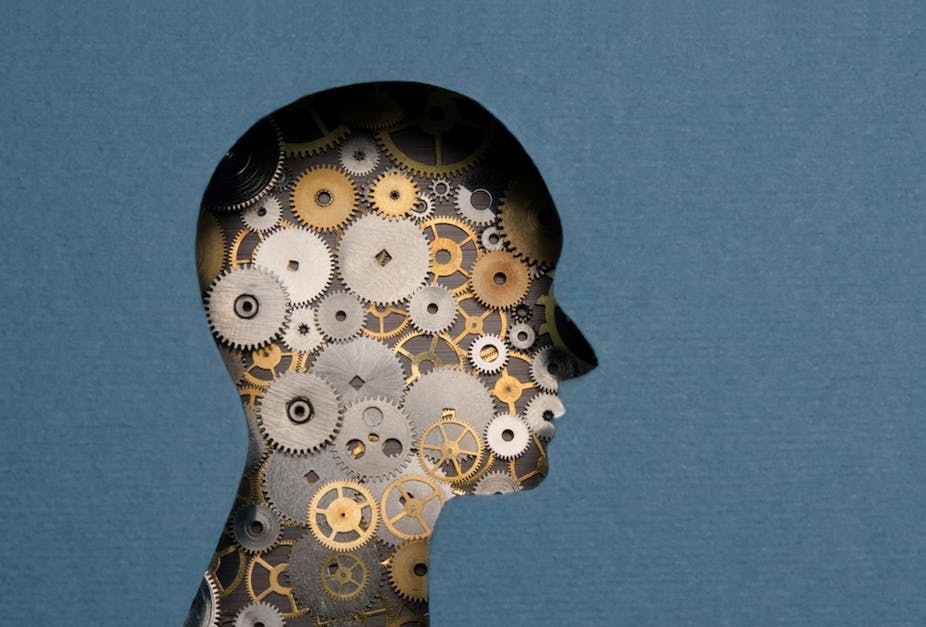Whether choosing a dinner, a car, a spouse or an investment, experts now know what part of the brain our likes and dislikes are encoded, how we represent alternatives, and even how we choose.
This has been possible because of the increased collaboration of researchers from three disciplines: economics, neuroscience and psychology. This interdisciplinary collaboration has become so successful that it led to a creation of a new scientific field called neuroeconomics, with several centres around the world.
Decision-making is perhaps the most crucial and defining part of our lives. We spend every awake minute of our lives deciding. Some decisions may seem basic but are necessary for survival, such as what to eat or drink. Other decisions are more sophisticated - our finances, retirement, education, and voting. It is no wonder that understanding how exactly people make these decisions absorbed scientists in different fields for decades now.
Economists have been interested in decision-making to the extent that it would allow them to improve well-being. The idea is that once we can predict people’s behaviour, we ought to be able to design economies with a set of rules that makes everybody better off.
The brain as a black box
For years, while building their mathematical predictive models of choice, economists treated the brain as a “black box”. The economic models of choice were thus mathematically very elegant; but have been shown to systematically fail under numerous circumstances.
In the last two decades the approach to modelling choice in economics has begun to change quite dramatically. We now understand the basic architecture of the brain and how it actually makes choices. This allows us to begin to open the black box and build realistic models of choice. Many people believe that as a result of that new ability, this will be the beginning of a new era in economics.
Opening the “Black Box” of the brain has been considered off-limits by many classical economists - so how do traditionalists view neuroeconomics? Professor Paul Glimcher from New York University explains.
Perhaps some of the most important things that we learned from neuroeconomics are in the area of aging. Scientists in many disciplines documented that decision-making over the life span changes in a systematic way. From carefully designed experimental studies, we learned that children and adolescents seem to be more impatient than adults. They are also more tolerant of unknown, which makes them appear as risk-takers.
Towards the end of their lives though, people appear to lose their decision-making abilities. Studies have shown that even highly functioning older adults have trouble choosing the retirement and health plans that would meet their needs. They make errors when voting and can lose substantial amounts of money by making very simple mistakes.
Fortunately, the multidisciplinary approach combining techniques from economics, neuroscience, and psychology, allowed us to understand the biological roots of the differences in economic behaviours over a person’s life span. We have learned from neuroscience how the brain ages and what implications this has for the changes in decision-making over the lifespan. This new insights now present new methods of dealing with age-related choice inefficiencies.
‘Curse of choice’
For instance, we have known for a decade or so that people have trouble making efficient choices when they face more than just a few options, which has been often called the “curse of choice”. Trying to choose the best option from a set of 12 different superannuation funds, cars, or even breakfast cereals is notoriously difficult. Policymakers have long tried to design the choice situations in such a way as to elevate these difficulties, for example by pre-selecting defaults.
Neuroeconomists now understand exactly what feature of the brain causes errors in these situations. Knowing how that feature works mechanically, we can prescribe different ways of choosing that play to the strengths, rather than the weaknesses, of our brains.
Overall, what these discoveries mean is we no longer have to blindly rely on trial and error approaches to policy design. We can instead start designing policy based on economic models of choice rooted in the biology of our brains. We can only hope that policymakers will be equally enthusiastic about this unique and new opportunity.
Professor Paul Glimcher, currently visiting Australia from New York University, is one of the world’s leading neuroeconomists. Listen to Prof Glimcher explain more about the curse of choice.

